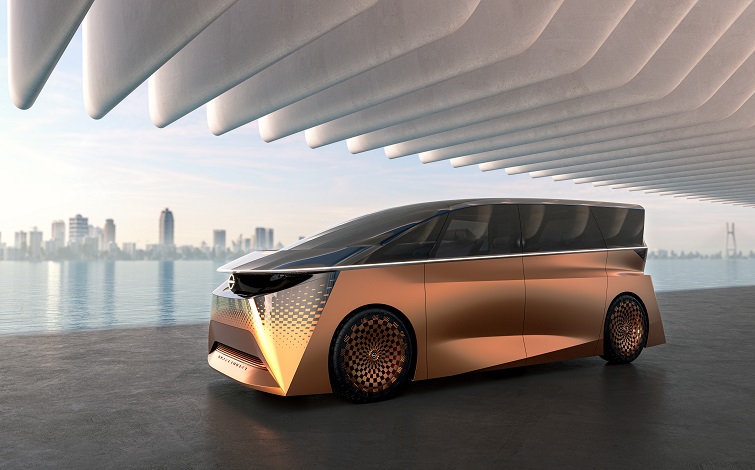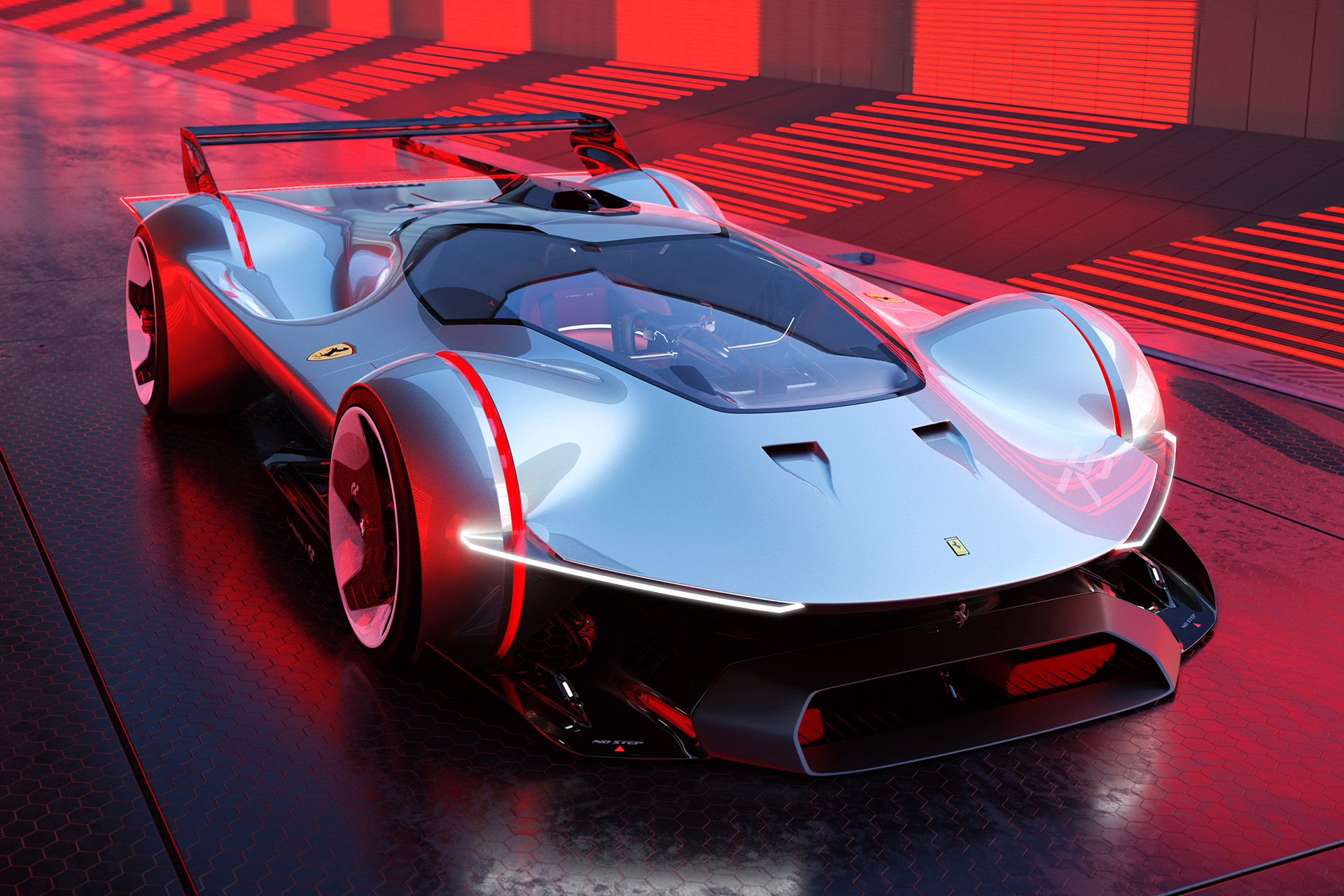
Concept vehicles have been an integral part of the automotive industry for quite some time. They are usually design marvels that never quite make it to the market. You might wonder, what's the purpose of investing so many hours in something that ends up tucked away in some storage facility, never to be seen again? Well, the answer to that question is surprisingly significant and plays a crucial role in the auto industry.
Concept vehicles serve as platforms where automotive manufacturers can showcase their latest technological developments and innovations. These concepts often exhibit cutting-edge technologies, whether related to powertrains, connectivity, autonomous driving, or environmental friendliness. These technologies could later be integrated into production vehicles. Concept vehicles contribute to shaping the image of an automaker, demonstrating that the company is capable of creating creative and technologically advanced vehicles, thereby strengthening the brand's reputation. Reactions to concept vehicles can generate valuable feedback from customers and the public, helping manufacturers better understand customer expectations and potentially incorporating design or technology elements into future models.
Concept vehicles allow automotive manufacturers to keep an eye on their competitors and respond to the latest trends in the automotive industry. They can help manufacturers gain a competitive edge by showing that they are trendsetters and leaders. The unveiling of spectacular concept vehicles can pique the interest of investors and potential partners, which can aid in securing financial support for future development projects. Concept vehicles can be used to demonstrate manufacturers' efforts in meeting stricter emissions and environmental regulations.
While Europeans are somewhat lagging in this regard, Asians are heavily investing in these concept vehicles. In recent months, several new ones have been introduced. We've picked out a few, sorted by manufacturer. Most of them come from Kia and Toyota.
Let's start with a Nissan concept vehicle. It's the Nissan Hyper Punk Concept, one of four concept cars that were exhibited in Tokyo last week. The series is called Nissan Hyper Urban and is meant to represent the brand's digital prowess. These are purely design studies and do not contain actual vehicles. They are purely digital.
The digital 3D advertising board Cross Shinjuku Vision in Tokyo's Shinjuku district will showcase the four EV concept cars, the Nissan Hyper Urban, Nissan Hyper Adventure, Nissan Hyper Tourer, and Nissan Hyper Punk until October 25, 2023, to build excitement for the show's opening. Furthermore, these concept vehicles will be available in the online game Fortnite under the name "Electrify the World," allowing you to further explore and enjoy these unique vehicles. The Nissan Hyper Punk, wrapped in a functional and stylish body, is a fully electric compact crossover tailored for content creators, influencers, artists, and anyone who values style and innovation.

Now let's take a look at a second car among these four concept vehicles, the Hyper Tourer Concept. The first impression is that it's a minivan. This fully electric minivan focuses on nurturing and strengthening the bond between people on their shared journeys. The Nissan Hyper Tourer concept is aimed at those who appreciate the finer things in life and enjoy the company of friends and colleagues, whether on a road trip or a business outing, says Nissan. The Nissan Hyper Tourer combines the essence of Omotenashi (Japanese hospitality) with various advanced technologies, including autonomous driving. The V2X functionality (Vehicle-to-Everything) and high-performance battery also enable power supply to homes, shops, and offices on travels and during various business occasions.
The third and final concept in this series is the Nissan Hyper Force Concept. The initial impression is that it's based on a GTR, with many design elements seemingly borrowed from that vehicle. This car is meant to be a symbol of the future and an embodiment of Nissan's founding spirit. The Nissan Hyper Force is a fully electric high-performance super sports car designed to provide ultimate driving pleasure while offering high environmental friendliness and daily use comfort. At its core is a high-performance electric powertrain with a solid-state battery featuring optimal weight balance, capable of generating up to 1,000 kW of precise and rapid acceleration. Powerful downforce, advanced e-4ORCE all-wheel control technology from Nissan, and a lightweight high-strength carbon body promise improved cornering behavior and exceptional handling on racetracks and winding roads.


The next concept vehicle is from Nissan as well, but it no longer belongs to this series of four vehicles. The Nissan Concept 20-23 was designed by a team that included some younger members of NDE, with the simple task of designing a car without limitations that they would enjoy driving on the city streets where they work. The name Concept 20-23 reflects NDE's 20-year presence in the heart of London, the company's traditional number 23, and the current year. Furthermore, it continues Nissan's long tradition of bringing playful creativity to the world of hatchbacks and city cars. Inherit the legacy of Nissan's so-called Pike cars, such as the Be-1, Pao, Figaro, and S-Cargo, the Concept 20-23 gives this small car tradition a 21st-century twist.

The next vehicle is from the Toyota brand and is called the Toyota Baby Lunar Cruiser Concept. It's a kind of off-road vehicle, but it's almost entirely made of glass. This vehicle was even designed for driving on the moon. In fact, the Japanese Space Agency was also involved in this interesting project. The Baby Lunar Cruiser, abbreviated as BLC, is powered by in-wheel electric motors and controlled via two joysticks. Its compact footprint and airless tires give it unprecedented maneuverability. Thanks to its prominent glass roof and a panoramic augmented reality dashboard display, it also offers exceptional visibility. Historical features include a front grille with the "TOYOTA" emblem, complete with a range of cameras and lidar/radar sensors, and a split rear hatch configuration. Highly adjustable spaceframe seats and continuous MOLLE inserts provide flexibility for the interior to adapt to any kind of adventure.

The next vehicle, also from Toyota, is a modern yet compact sports car. It should incorporate the latest techniques from Toyota Motorsport and be completely emissions-free. What's special about this vehicle is that it grows with the driver through software updates.
Infiniti introduced the Vision Qe concept, a stunning preview of the brand's electrified future. Unveiled at an event at Tokyo Bay, the concept embodies INFINITI's evolved design language and sets the tone for its first full-electric sedan. It combines artistic details with a single flowing design gesture that runs from front to rear. Its sleek, aerodynamic fastback profile exudes a sense of graceful motion.
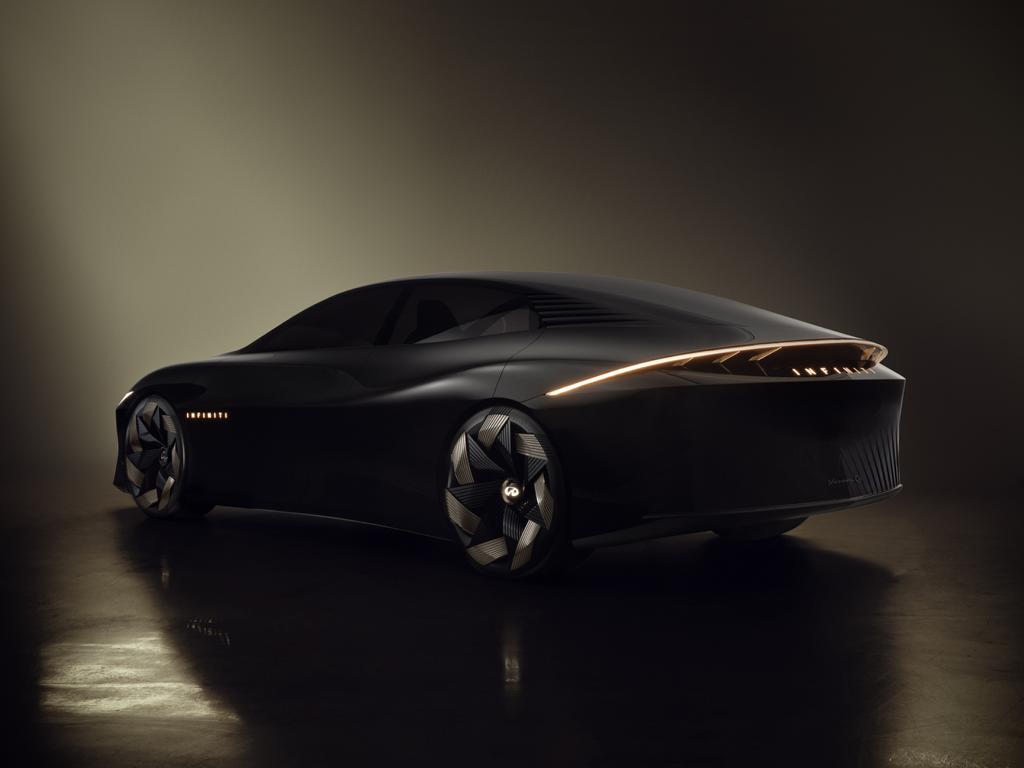
The Concept EV4 embodies the purity of the "Power to Progress" pillar of the "Opposites Untied" design philosophy. "Power to Progress" focuses on the capabilities, expertise, and creativity that Kia has developed during the recent era of design-oriented transformation. This approach drives the development of innovative products that go beyond setting new standards for individual vehicle design and redefine entire industries. This is the case with the Kia Concept EV4.
Its four-door format might suggest it is classified as a sedan, but the powerful and impressive lines of the model represent not just another sedan, but an entirely new kind of electric sedan, symbolizing innovation.
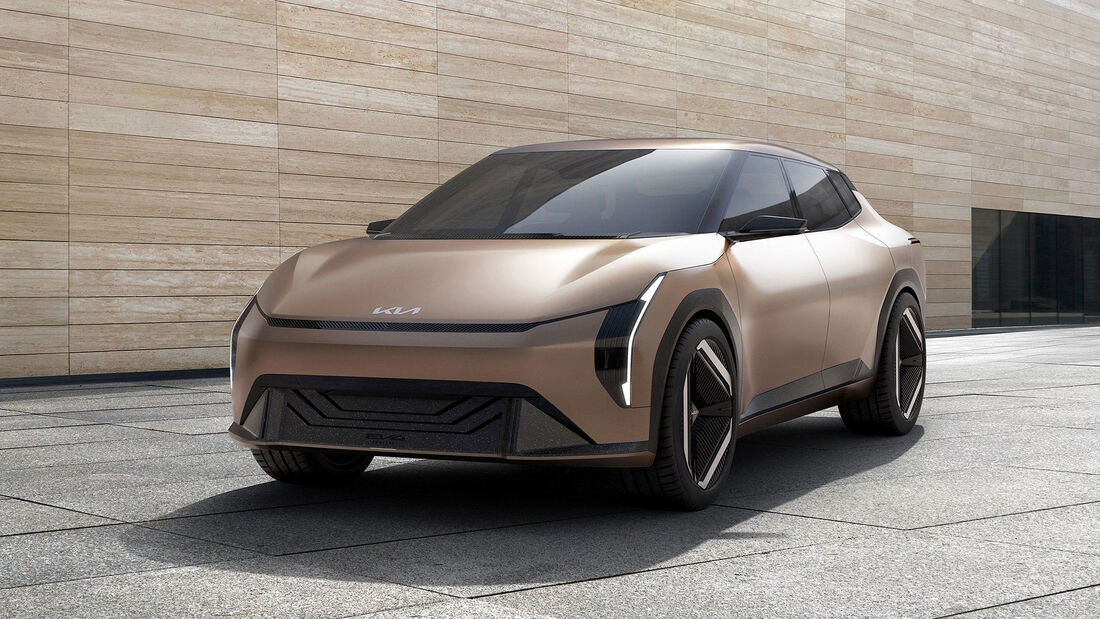
The Mitsubishi DX Concept is an electrified crossover concept car designed as a hint at the future Delica, embodying the Mitsubishi character and stirring a sense of adventure. The Mitsubishi DX Concept combines the comfortable, spacious interior of a minivan with the excellent road handling of an SUV, offering the powerful and comfortable performance of a plug-in hybrid without restrictions on the activities it can handle, serving as a reliable companion for diverse adventures in an active mobility lifestyle.
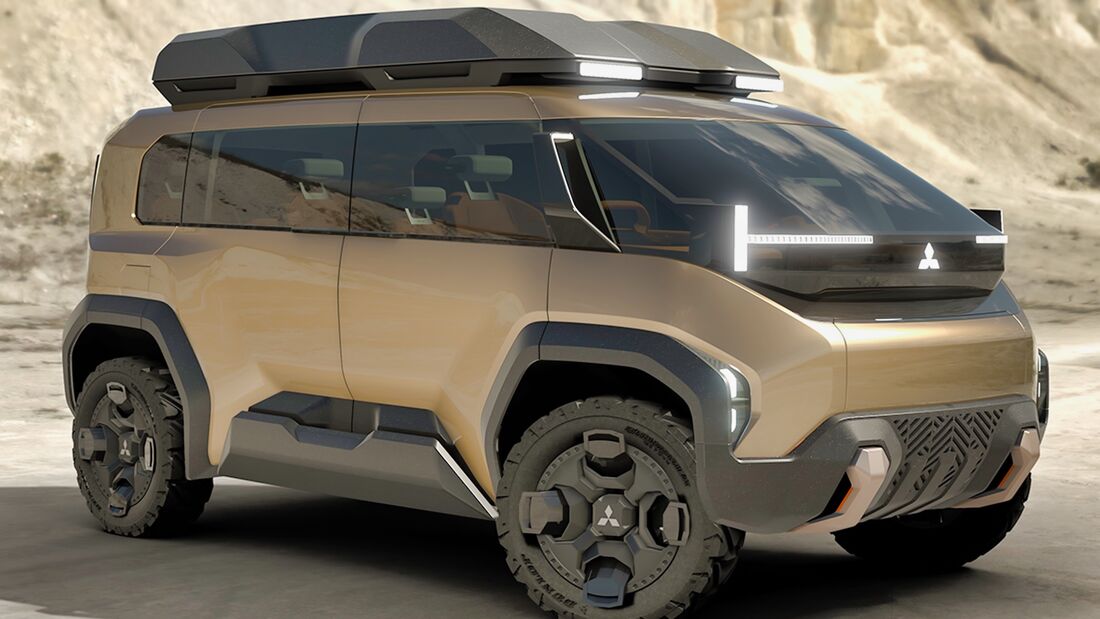
The Mazda Iconic SP Concept is different from the other concept vehicles. It is not designed in an overly futuristic design language and, instead, closely resembles the design of current Mazdas. Mazda Iconic SP is a novel compact sports car concept tailored to the new era, responding to the emotions of customers who "love cars" and "desire a car that simply embodies the joy of driving." This drivetrain features Mazda's unique rotary two-rotor EV system, which remains compact, offering a high degree of layout flexibility to give the concept model a low center of gravity for improved performance. The batteries are charged through a reusable energy source, and the two-rotor rotary engine used for power generation runs on CO2-neutral fuel.
![]()
The LF-ZL represents a future flagship luxury model from Lexus, aiming to provide a prestigious ownership experience that goes beyond just the car. It's based on next-generation battery electric vehicle (BEV) architecture and the software advancements of the new Arene OS. The LF-ZL leverages the freedom of BEV-specific packaging, optimizing the interior with a spacious and quiet cabin where traditional Omotenashi features are accentuated by technology, delivering an unparalleled mobility experience.

After covering several Asian car brands, we finally move on to some European concept vehicles. Starting with the BMW i Vision Dee Concept.
The BMW Group recently unveiled its vision of the future digital experience both inside and outside the car in Las Vegas. The BMW i Vision Dee is a futuristic midsize sedan with a new, minimalist design language. The name "Dee" stands for Digital Emotional Experience, and that's precisely the goal: to create an even stronger connection between people and their cars. Future digital features will go far beyond the current level of voice control and driver assistance systems. The BMW Head-Up Display spans the entire width of the windshield, offering a glimpse into the next generation of vehicles. The BMW Group has also advanced the use of color-changing technology. After the BMW iX Flow was introduced last year with E Ink technology, allowing it to switch from black to white, the BMW i Vision Dee can now customize its appearance in up to 32 colors.
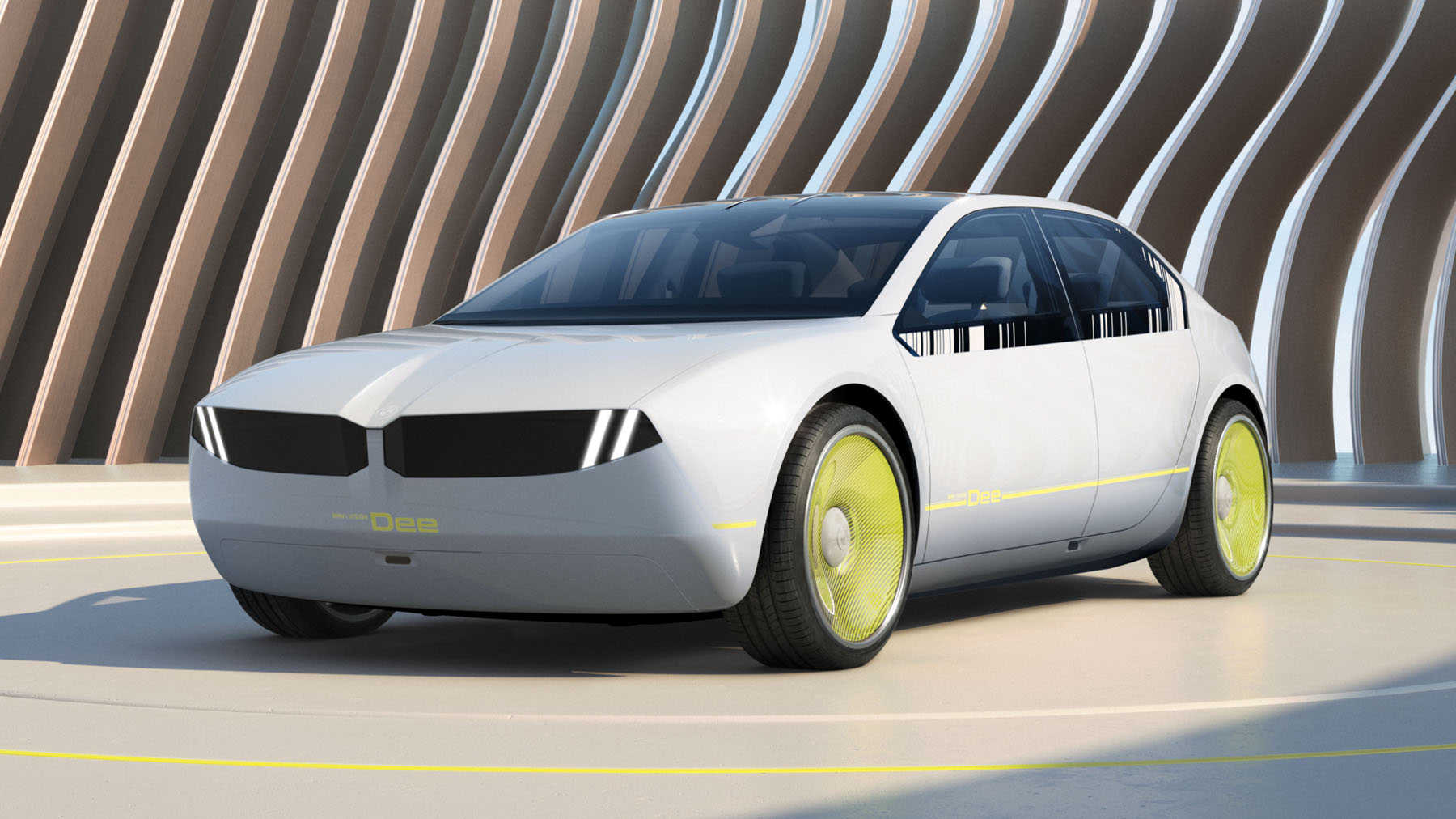
Moving on to the next vehicle, let's head to Italy, home of the famous sports car manufacturer, Ferrari. Ferrari has presented an intriguing concept called the Ferrari Vision Gran Turismo Concept. The Ferrari Vision Gran Turismo, a single-seater with enclosed wheels, is the first Ferrari concept car specifically designed for the virtual world of motorsport. The car's design is firmly rooted in Maranello's unparalleled racing heritage, with the number 75 reflecting this rich legacy on its flanks. With the introduction of the Ferrari Vision Gran Turismo, the celebrations for the 75th anniversary, when the brand's first racing car, the 125 S, left the legendary factory gates in 1947, officially come to an end. On this occasion, this model not only represents a significant step for Ferrari into the virtual environment, where it will inspire new generations of passionate drivers and enthusiasts, but also redefines the company's design language. It serves as a futuristic design manifesto for Ferrari's road and racing cars, embodying the utmost expression of formal beauty and innovation, providing inspiration for both the engineers and drivers of tomorrow, whether real or virtual.
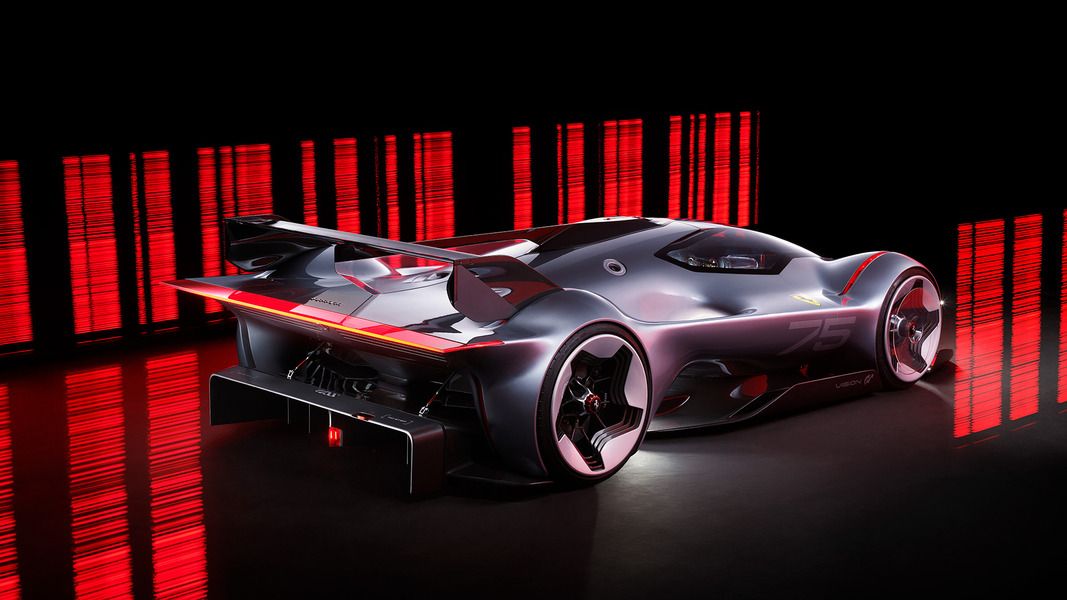
We are still in Italy and now turning our attention to the competition, Lamborghini. Lamborghini recently introduced the Lanzador Concept. We have previously discussed this intriguing concept as it was intended to be a fully electric version of an SUV with only two doors. It would be Lamborghini's first fully electric model. However, it's still in the concept phase. But we must consider that the Urus also started as a concept and was eventually realized with minor modifications. Let's see what Lamborghini has in store for us next.
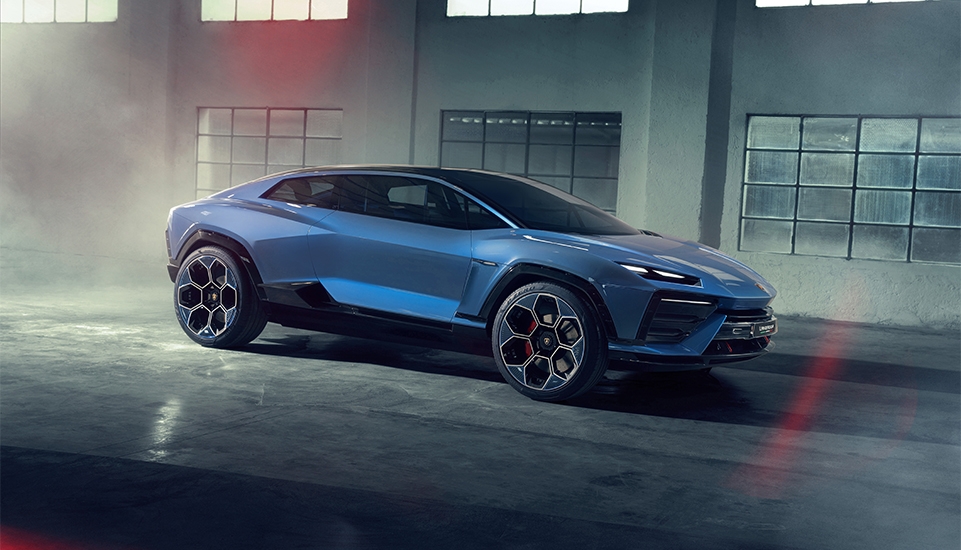
Finally, we turn our attention to a German manufacturer. Audi recently unveiled the somewhat quirky-looking EP4 concept not too long ago. It was on the occasion of an anniversary where twelve apprentices of the Four Rings electrified an iconic vintage car. Later, apprentices from automotive mechatronics, body and vehicle construction, and painting programs proudly introduced the "EP4." The "E" stands for electric drive, and the "P4" represents the NSU Prinz 4, a model produced by the NSU Motorenwerke in Neckarsulm from 1961 to 1973.
In the rear of the "Prinz," where a two-cylinder gasoline engine with 30 horsepower (22 kW) once resided, now sits a powerful 240-horsepower (176 kW) electric motor. It originates from a 2020 Audi e-tron and draws its power from a battery of the Audi Q7 TFSI e quattro plug-in hybrid. The battery is located under the front hood, where the NSU Prinz used to have its fuel tank. The electrified engine breathes in cool air through a wide air intake at the bottom of the bumper, while heat can escape through a large opening in the front hood. The rear hatch also improves cooling and can be fixed in a semi-open position, offering a view of the electric power unit and reminiscent of historical racing cars based on the sporty NSU Prinz 1000. Where in the past, a series of open carburetor funnels provided hints to observers about the sporty intentions of these cars, the EP4 now proudly displays its electric motor.


